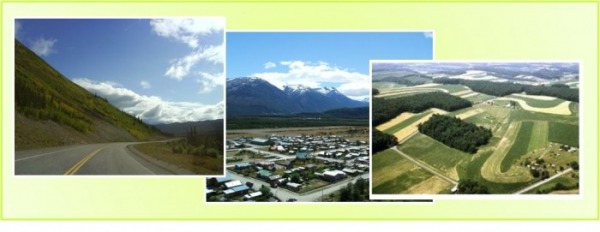Introducction
Landscape changes can alter population
dynamics due to changes in the availability and spatial distribution of
resources important to the species (Morrison et al. 1992, Wiens et al.
1993; Fahrig & Merriam 1994), changes in species interactions and
the alteration of population dispersal patterns (Sutherland 1996; With
& King 1999). Successful dispersal of individuals and establishment
of populations in new areas are key factors in the dynamics of
spatially structured populations as they influence the vulnerability of
a population to local extinction (With & King 1999, Revilla et al.
2004).
Species response to landscape modifications is linked
to two basic elements; the spatial structure of landscape disturbance
and the individual movement pattern. The spatial configuration of the
disturbance can be characterized for its shape and its aggregation. The
shape defines, among other things, the area of habitat loss while the
aggregation is related with the level of spreads in all the landscape.
On the other hand, one basic characteristic of individual movement
pattern is the longitude of displacement per time unit (e.g. day,
month). The movement displacement is commonly greater in animals with
larger home ranges than animals with smaller home
ranges.
The research objective
was to explore the association between the shapes of the landscape
disturbance and animal displacement over the animal population size. As
anthropogenic modifications such as roads and towns were considering
because they are important modifications in rural lands. These elements
are characterized for their different shapes and aggregation. Roads
represent a linear disturbance that generally is spread over the land
while towns represent a spot disturbance that is aggregated within the
landscape. For animal displacement the study involves two Chilean
native deer with different home ranges size. The home range size of
these species differs in 10 times therefore it was assume that one has
a large home range and the other a small home range.
It was
hypothesized that species displacement and land modification, such as
roads and towns, significantly affect the animal’s population size. The
deer species with larger home ranges should be more affected than the
deer species with smaller home ranges, because they have a greater
probability encountering habitat alteration. On the other hand, it is
expected that linear disturbance has a greater impact than spot
disturbances on animals, because roads are disaggregated over the
landscape so they affect a large area.


